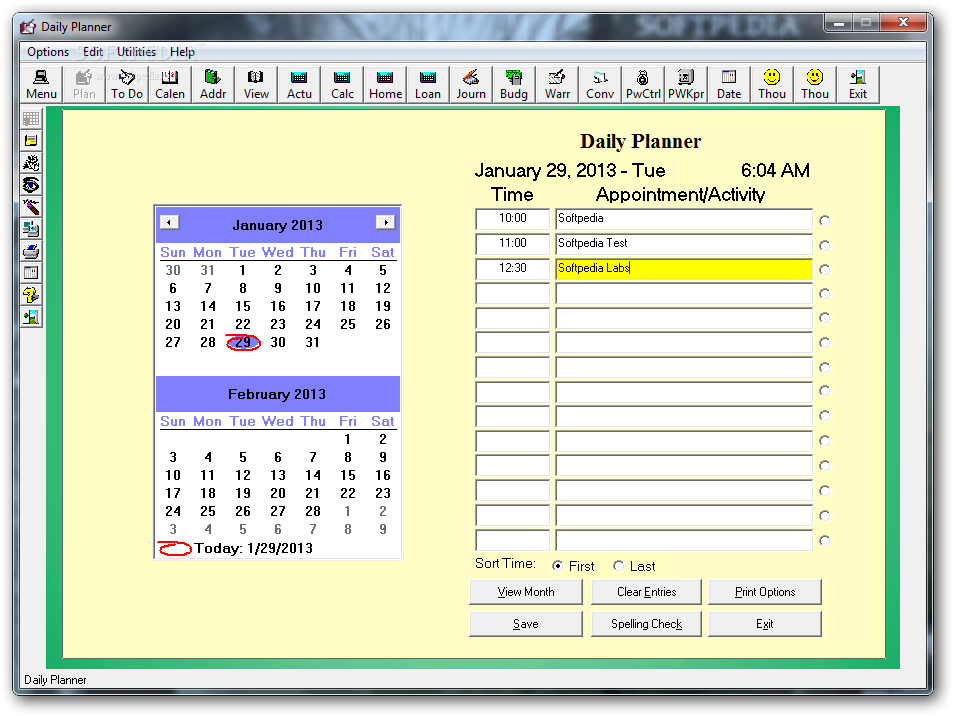
#PLANNER PLUS ONLINE FREE#
You can start with your mobile banking app, which likely offers a free budgeting tool. Addressing these expenses can net you a quick $100 a month in your budget, allowing for more saving and investing.ĭozens of budgeting apps and tools make this financial habit easier than ever. For example, reviewing your expenses can reveal an unused streaming subscription, weekly restaurant trips and an old gym membership. Although the word can seem scary, knowing where your money goes throughout the month is one of the most empowering facets of financial literacy.
#PLANNER PLUS ONLINE HOW TO#
Tip Four: Learn How to BudgetĪ budget is one of the most helpful tools to strengthen your finances. You can open an account and fill your portfolio with passive management investments, such as index funds and exchange-traded funds. On the other hand, if you don’t have access to a 401(k), an individual retirement account (IRA) is a straightforward way to begin. You can also receive matching contributions from your employer. If your employer offers a 401(k), contributing to it is an excellent choice. If investing seems intimidating, you can start simple. You can estimate the returns of your investments with SmartAsset’s free calculator. As a result, it pays (literally!) to invest now instead of later. On the other hand, if you start at 35 and invest for thirty years, you’ll end up with about $490,000 in your account. After forty years, you’ll have about $1.1 million in your account. Your investments have an average annualized return of 8%.


However, that’s exactly why it’s best to start contributing to an investment account now: you’ll compound your returns over several decades and grow your savings exponentially.įor instance, say you start investing $150 per paycheck at age 25. You might wonder what the point of rushing to save money is after all, you’ve got thirty or forty years until retirement. Therefore, it’s key to get your debt under control before you start investing significant amounts of money. An investment grows based on a rate of return, and debt grows because of interest. Remember, debt is the inverse of an investment. This way, you get rid of the costliest debt first, allowing you to apply an increasing amount of money to your debt’s principal. On the other hand, the avalanche approach means attacking the debt with the highest interest rate, the logic being that interest makes debt more expensive over time. This way, you gain momentum with each payment. Once you repay your smallest debt balance, you can apply this payment to your next smallest debt. The snowball strategy means paying off your smallest debts first. There are two popular approaches to debt repayment: snowball or avalanche. Instead of letting interest payments eat up more cash, it’s best to create a debt repayment plan. For instance, student loans and credit cards can spiral out of control, putting you further behind your financial goals. On that note, managing your debt is vital to your finances. This way, you will know how much your debt costs per month, how much extra money you have to tackle your debt with and whether diverting money from your investment contributions is worth it. Specifically, you would need a working knowledge of interest rates, budgeting and how to compare the growth of your debts versus your investments. In other words, getting a handle on the basics provides a solid foundation for your financial habits and goals.įor example, if you want to get out of debt, it’s essential to understand the best way to do so. Financial literacy means understanding how to make profitable decisions with your money.


 0 kommentar(er)
0 kommentar(er)
